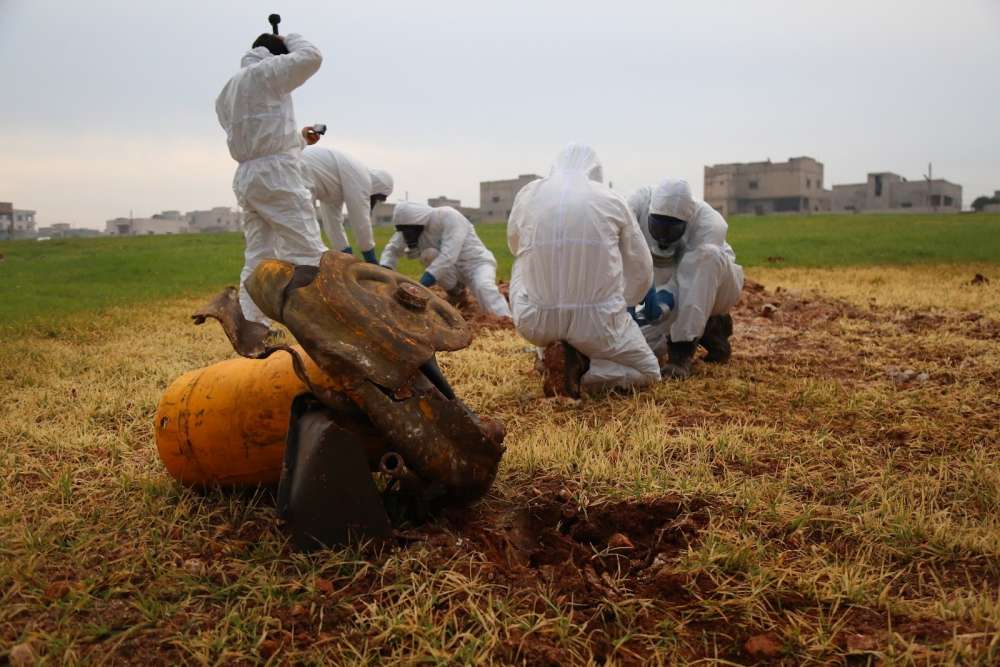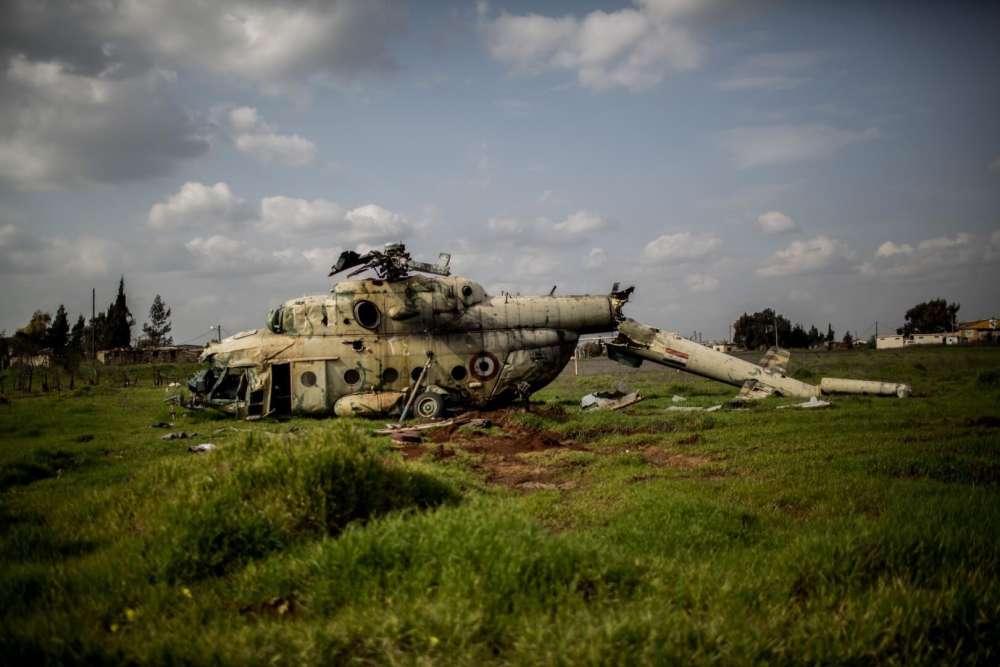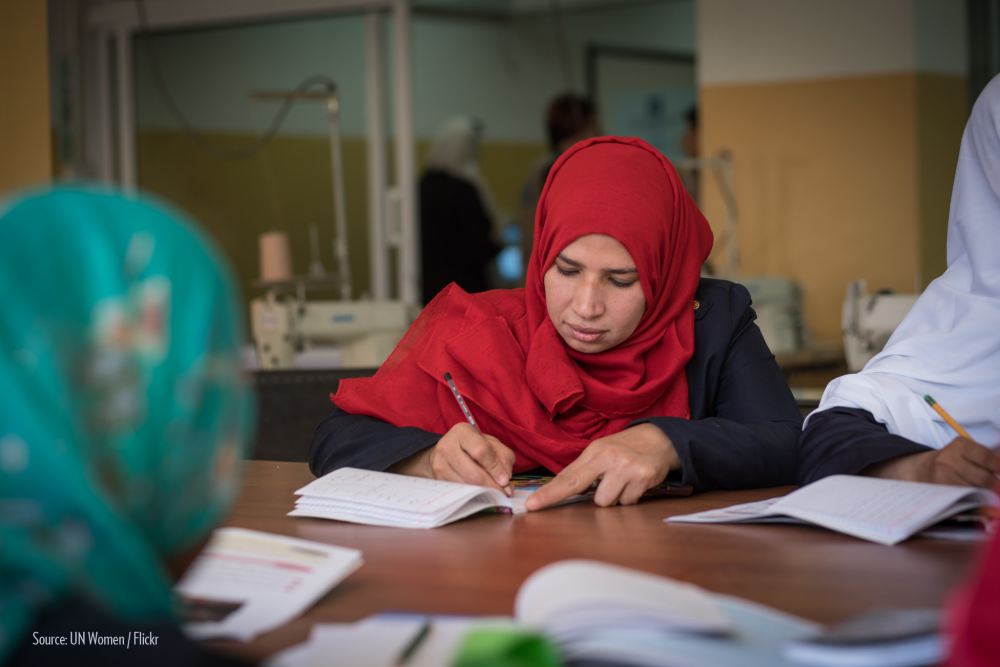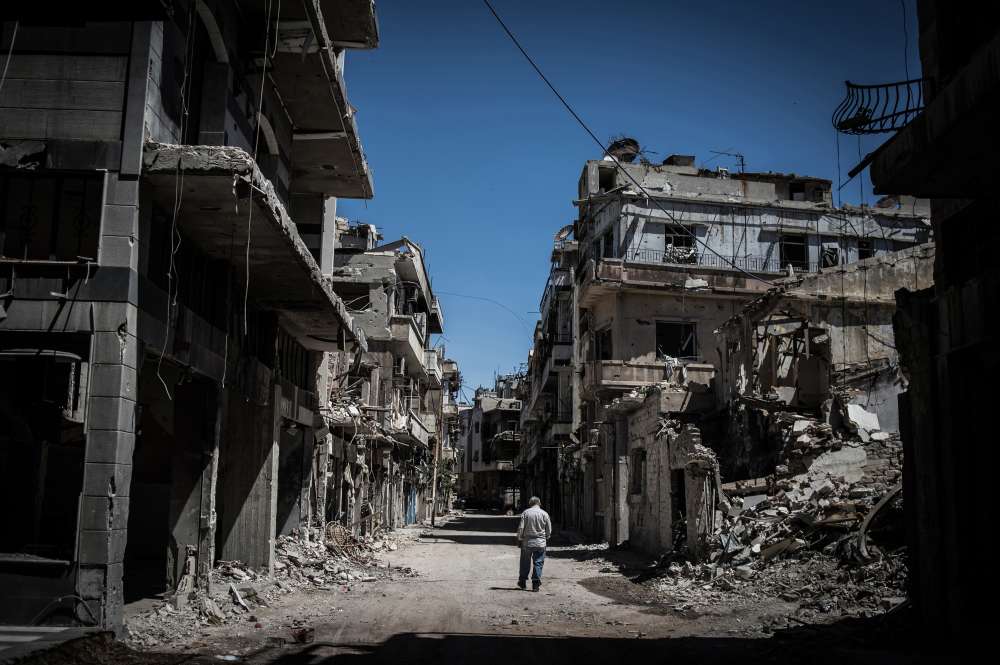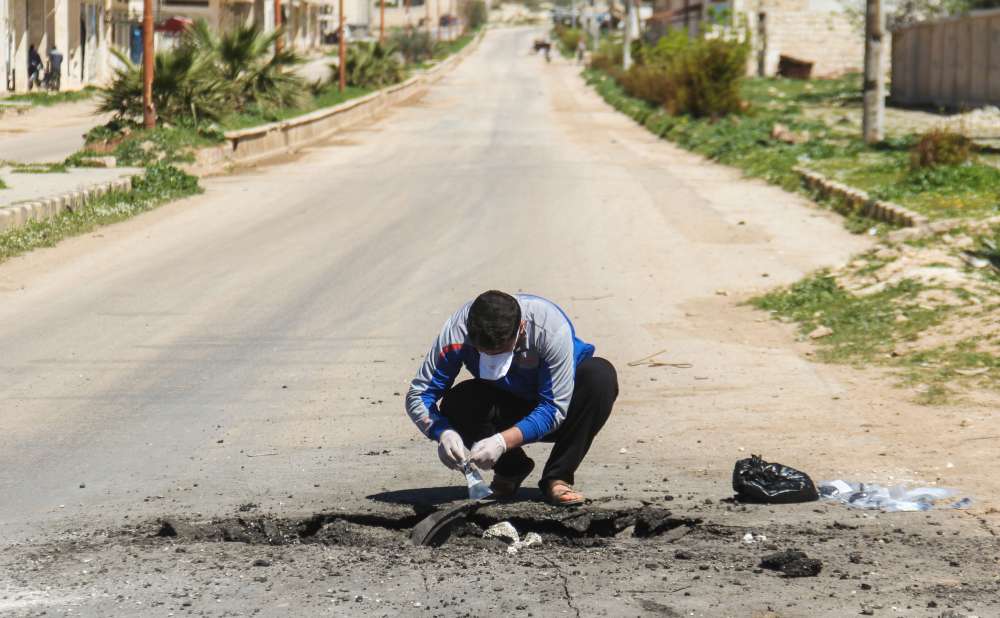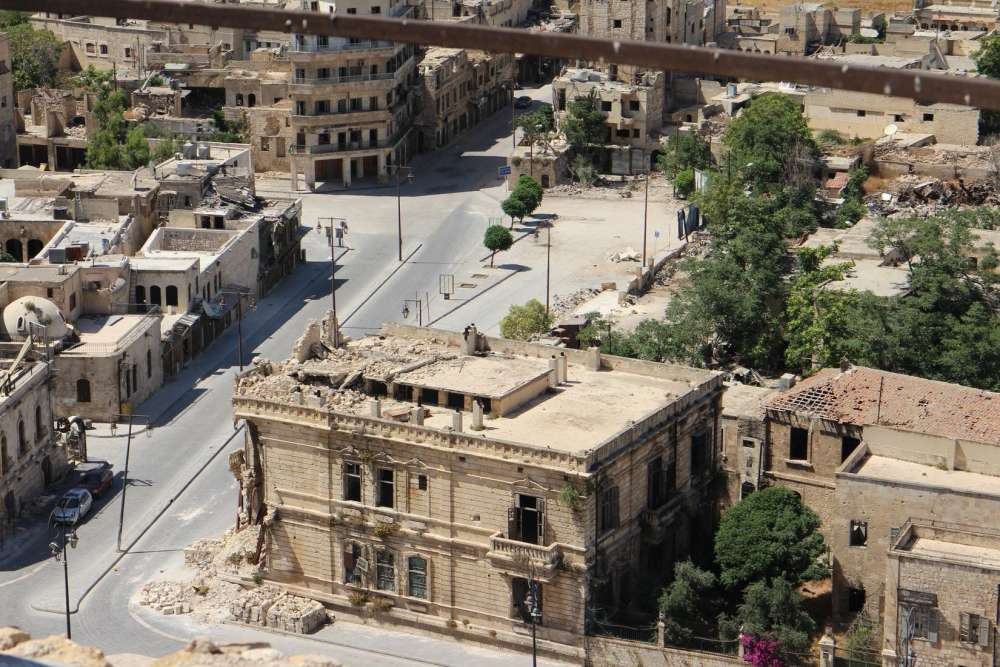The Scale and Logic of Chemical Weapons Use in Syria
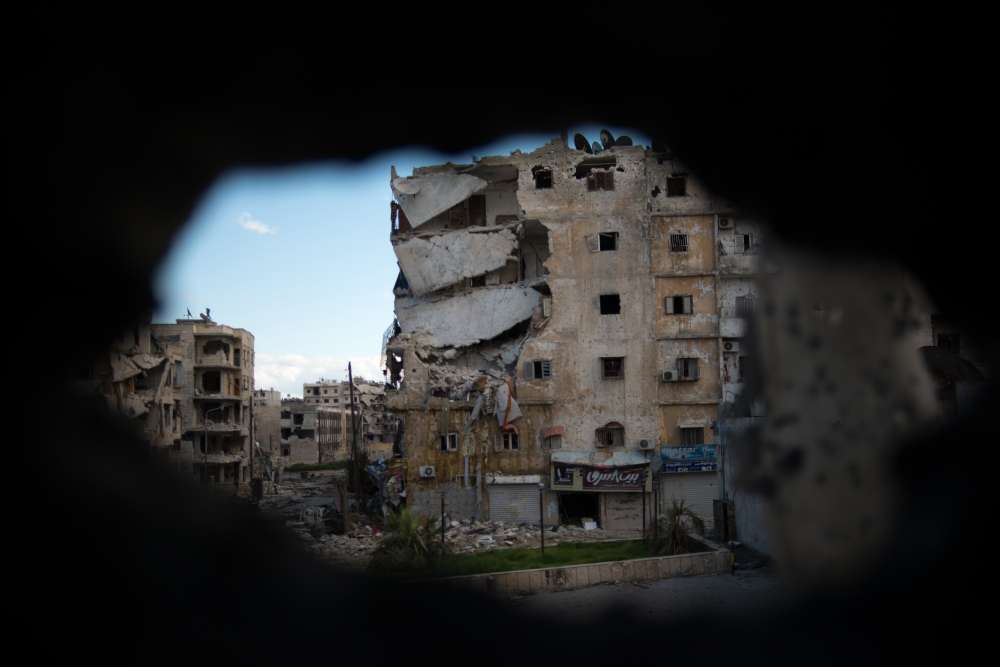
Ongoing since 2018
Nine years into the Syrian civil war, despite a series of international crises and two rounds of punitive military strikes by the United States, the international community still struggles to find ways to effectively curb the repeat use of chemical weapons in the conflict and hold those responsible for the use of proscribed weapons against civilian populations to account.
In years of painstaking work alongside our Syrian and international partners, we have compiled the most comprehensive dataset on the use of chemical weapons in the Syrian civil war available to date. An analysis of 349 confirmed incidents, combined with extensive data on the conventional war and insights from original interviews, reveals the scale and strategic logic of the Syrian chemical weapons campaign.
We find that the Syrian military’s use of chemical weapons is closely intertwined – logistically, operationally and strategically – with its conventional campaign of indiscriminate violence against civilian populations. And that while chemical weapons are responsible for only a tiny minority of deaths throughout the war, their psychological impact can be the straw that breaks the backs of even the most well-entrenched opposition communities.
This project was generously supported by the Government of Canada, the German Federal Foreign Office, the Robert Bosch Stiftung, and the Ghazi and Badrieh Foundation.
The initial study is available for download. To explore the data and learn more about the use of chemical weapons in Syria, visit the interactive project website. The Nowhere to Hide podcast – which is based on this research – is also available in English and Arabic.
Project Publications
Munitions Typology: Chemical Weapons Deployed in the Syrian War
Since 2011, the Assad regime has used chemical weapons more than 336 times. Analyzing the munitions recovered from these attacks reveals a lot about the Syrian chemical weapons program – and those behind it.
Assad’s Long Reach: The Syrian Arab Air Force at War
Since 2012, the Syrian Arab Air Force (SyAAF) has served as the Assad regime’s primary means of inflicting violence on civilians in Syria. How did Syria’s air force develop and what impact has it had on the war?
The Last Straw: How Chemical Weapons Impact Women and Break Communities
Chemical weapons are an integral part of the Syrian military campaign – a strategy that has disproportionately affected women. What are the gendered impacts of chemical weapons? And how do chemical attacks affect community resilience?
Nowhere to Hide: The Logic of Chemical Weapons Use in Syria
How and why has the Assad regime persisted in using banned chemical weapons? This study draws on the most comprehensive dataset of chemical weapons attacks in Syria compiled to date to offer an analysis of the strategic rationale behind the attacks.
Understanding the Syrian Chemical Weapons Complex
This methodology note details how we have built and organized the dataset that forms the empirical foundation of our work on chemical weapons use in Syria. In addition, it outlines our analytical approach to understanding the Syrian chemical weapons complex.
The Faint Red Line: How the West Should Respond to the Syria Chemical Weapons Report
Europe and the United States can no longer dismiss the strategic relevance of the Syrian military’s chemical weapons campaign, which has continued throughout the conflict. It demands further military, diplomatic and judicial action.
